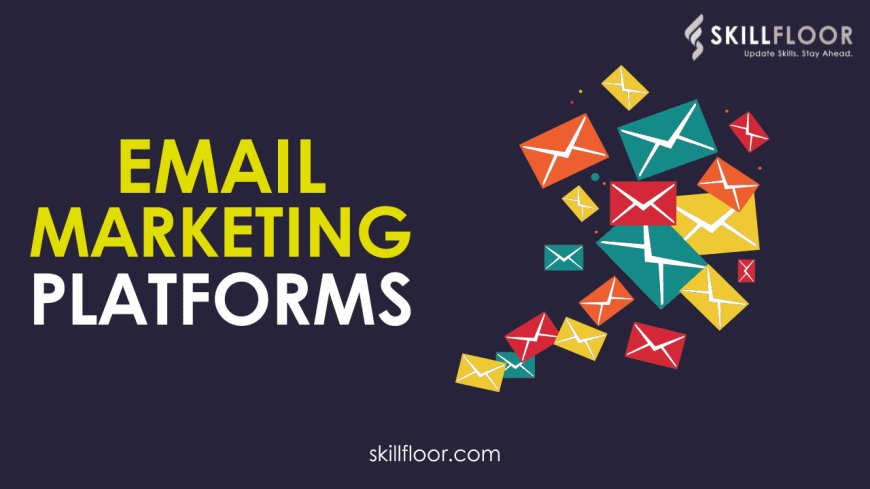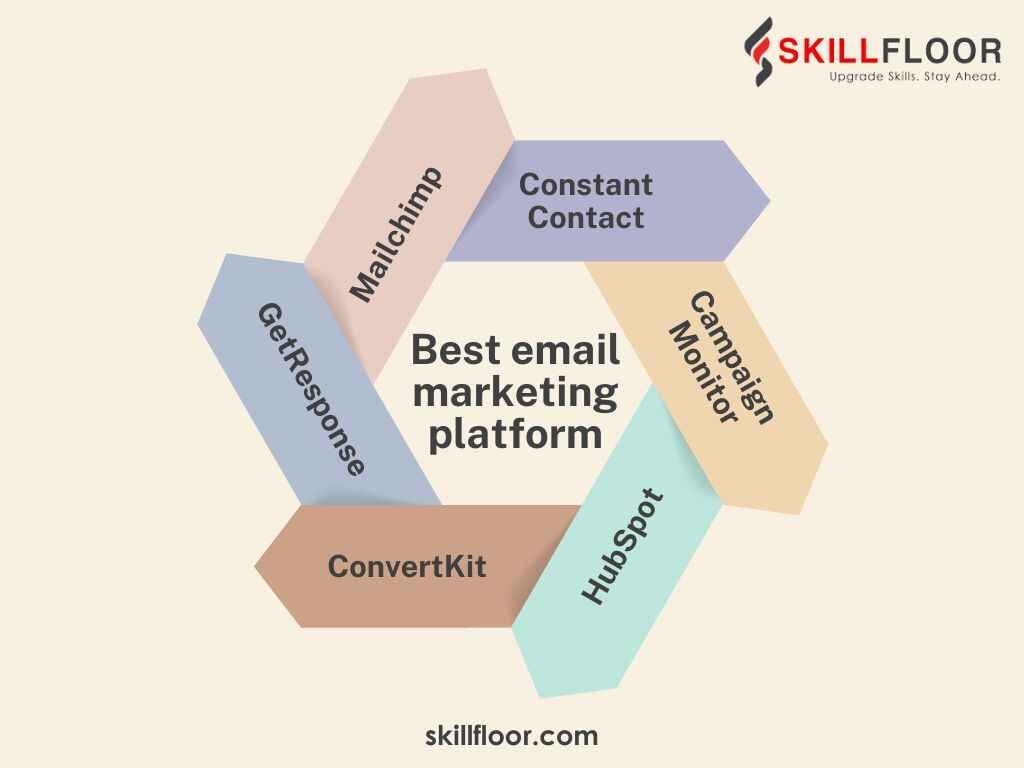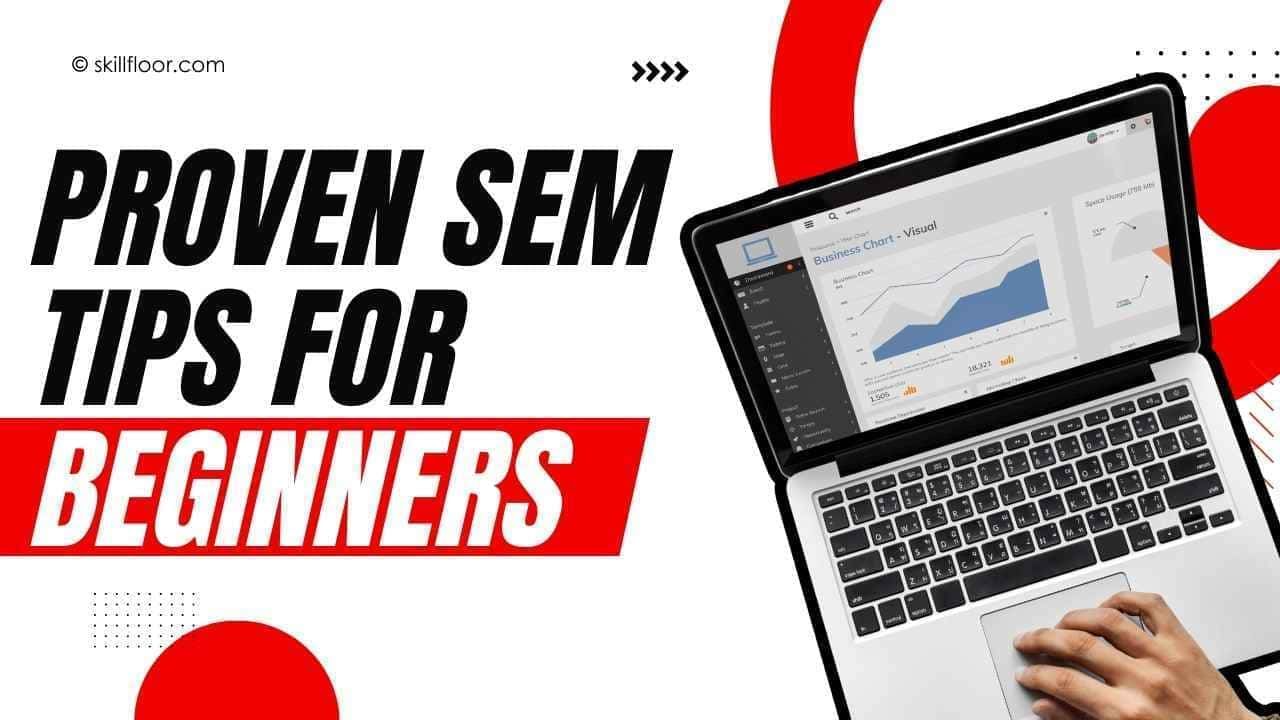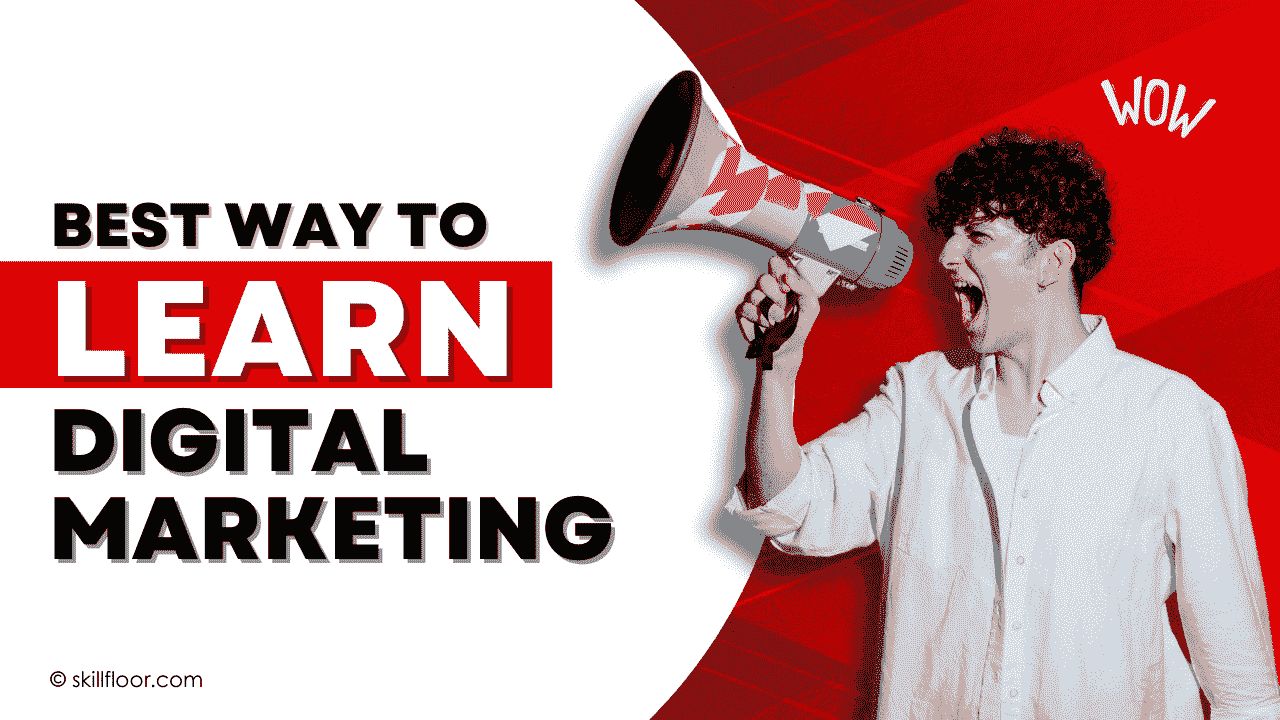What's the Future of Email Marketing Platform
Discover the future of email marketing platforms. Explore trends like AI automation and hyper-personalization, and stay ahead with advanced analytics.

The future of email marketing platforms is marked by a convergence of advanced personalization, automation, and integration capabilities. To provide highly customized content, expedite send times, and easily link with other marketing channels for a smooth online experience, these platforms will make use of artificial intelligence and machine learning. Improved compliance features and analytics will guarantee that advertisers follow changing privacy laws and give them greater insights. To accommodate the increasing number of consumers accessing emails on smartphones, mobile optimization will be crucial. In general, email marketing platforms will develop so that advertisers can run more successful, engaging, and targeted campaigns in a digital environment that is becoming more and more complicated.
Consider yourself the proprietor of a tiny internet jewelry shop. Email marketing platforms of the future will function as your very smart personal assistant. They will assist you in better understanding your clientele so that you can tailor emails to their specific preferences. Since most people read their emails on their phones these days, these platforms also make sure that your messages appear fantastic on mobile devices. Additionally, they will maintain compliance with all privacy and data regulations, freeing you to concentrate on creating beautiful jewelry while your emails do the talking.
What is email marketing?
Email marketing is a digital marketing tactic in which ads are sent to a target audience. These communications, which might include updates, announcements, newsletters, and promotional offers, usually have the goal of promoting goods, services, or brand awareness. With targeted and customized communication that is sent right to the recipient's inbox, the objective is to interact with the audience, foster relationships, increase sales, and strengthen brand loyalty.
How to start email marketing?
-
Define Your Goals: Determine what you want to achieve with your email marketing efforts. Whether it's increasing sales, driving website traffic, building brand awareness, or nurturing leads, having clear goals will guide your strategy.
-
Build Your Email List: Begin by collecting email addresses from your existing customers, website visitors, and other contacts who have opted in to receive communications from you. You can use sign-up forms on your website, social media channels, or events to grow your email list organically.
-
Choose an Email Marketing Platform: Select an email marketing platform that suits your needs and budget. Consider factors such as ease of use, features, automation capabilities, and integration with other email marketing tools you use. Popular platforms include Mailchimp, Constant Contact, and Campaign Monitor.
-
Create Compelling Content: Develop valuable and engaging content to share with your subscribers. This could include promotional offers, newsletters, product updates, educational content, or exclusive discounts. Tailor your content to your audience's interests and preferences.
-
Design Your Emails: Use the features provided by your email marketing platform to design visually appealing emails that reflect your brand identity. Most platforms offer customizable templates, drag-and-drop editors, and options to add images, text, and links.
-
Segment Your Audience: Divide your email list into segments based on demographics, interests, purchase history, or other relevant criteria. This allows you to send targeted and personalized messages that are more likely to resonate with each segment.
-
Set Up Automation: Take advantage of automation features to streamline your email marketing efforts. Set up automated workflows for welcome emails, abandoned cart reminders, birthday greetings, or other triggered messages to engage with subscribers at the right time.
-
Monitor and Analyze Results: Track the performance of your email campaigns by monitoring metrics such as open rates, click-through rates, conversion rates, and unsubscribe rates. Use this data to refine your strategy, improve your content, and optimize your campaigns for better results.
What are the 4 Ps of email marketing?
Product: What you're offering in your emails. It could be products, services, content, or anything else you want your audience to know about.
Price: Not just about money, but what value you're giving. It could be discounts, freebies, or exclusive access to something valuable.
Place: How you're sending your emails and where your audience is. It's about managing your email list, segmenting subscribers, and making sure your emails reach their inboxes.
Promotion: How you're promoting your product or value in your emails. It's about crafting compelling content, designing attractive visuals, and convincing your audience to take action.
What is the best email marketing platform?

-
Mailchimp: Known for its user-friendly interface, extensive features, and flexible pricing plans, Mailchimp is a favorite among small and medium-sized businesses. It offers a drag-and-drop email builder, advanced segmentation, automation, and analytics tools.
-
Constant Contact: Another user-friendly platform, Constant Contact offers customizable email templates, list management, automation, and tracking tools. It's particularly popular among small businesses and nonprofits.
-
Campaign Monitor: Campaign Monitor is praised for its beautiful email templates, advanced segmentation capabilities, A/B testing, and detailed analytics. It's suitable for businesses of all sizes, particularly those looking for sophisticated design options.
-
HubSpot: HubSpot offers an all-in-one marketing platform that includes email marketing along with CRM, automation, and other marketing tools. It's well-suited for businesses focused on inbound marketing and customer relationship management.
-
ConvertKit: Designed specifically for creators, bloggers, and online entrepreneurs, ConvertKit offers powerful automation features, customizable opt-in forms, and segmentation options tailored to content creators' needs.
-
GetResponse: GetResponse provides a comprehensive suite of email marketing tools, including automation workflows, landing page builder, webinar hosting, and advanced analytics. It's suitable for businesses of all sizes, from small startups to enterprise-level organizations.
Challenges in Email Marketing Platform
-
Deliverability: Ensuring that emails reach recipients' inboxes and avoid being marked as spam is a constant challenge. Email service providers (ESPs) must maintain good sender reputation and comply with email authentication protocols to maximize deliverability rates.
-
List Management: Managing email lists effectively can be challenging, especially as they grow in size. Maintaining clean and updated lists, handling unsubscribes and bounces, and segmenting subscribers for targeted campaigns require ongoing attention and effort.
-
Data Privacy and Compliance: Email marketing platforms must adhere to strict data privacy regulations, such as GDPR and CAN-SPAM Act, to protect subscribers' personal information and ensure legal compliance. This includes obtaining consent for email communications, providing unsubscribe options, and safeguarding data against unauthorized access.
-
Content Relevance: Keeping email content relevant and engaging for subscribers is crucial to maintaining their interest and avoiding unsubscribes. Personalization, segmentation, and dynamic content are essential strategies to deliver tailored messages that resonate with recipients.
-
Spam Filtering and Filtering Algorithms: Email providers use sophisticated algorithms to filter out spam, which can sometimes inadvertently impact legitimate marketing emails. Marketers must understand these algorithms and continually adjust their strategies to improve deliverability and avoid being flagged as spam.
-
Design and Rendering Across Devices: Ensuring that emails are properly designed and displayed correctly across various email clients and devices can be challenging. Responsive design, testing tools, and staying up-to-date with best practices are essential for optimizing email performance across different platforms.
Email marketing platforms appear to have a bright and strategic future. They will effortlessly link with other marketing channels, personalize communications, and automate jobs using cutting-edge technology. This translates into more engaging, better-targeted ads that abide by privacy regulations and look fantastic on mobile devices. For organizations, it's like having an extremely intelligent assistant that helps you better understand your clients and frees you up to concentrate on your areas of expertise.






























































